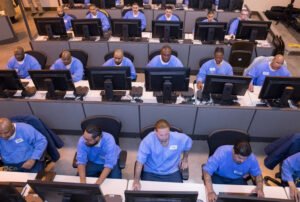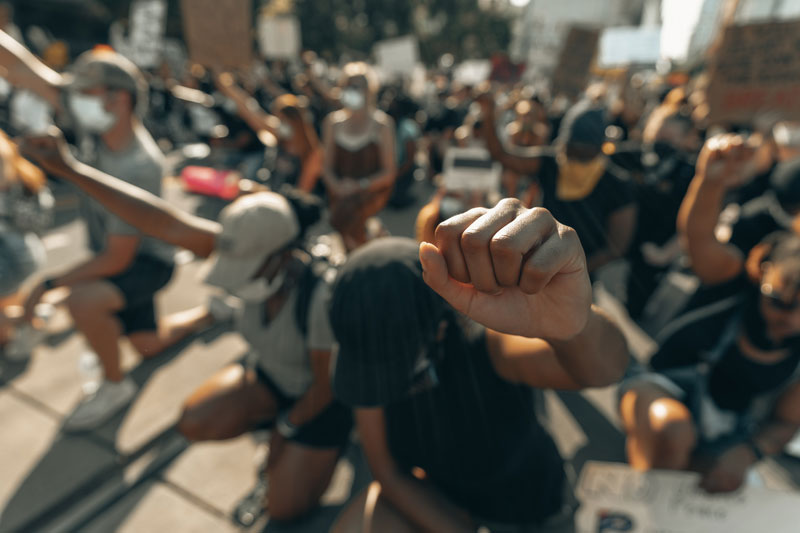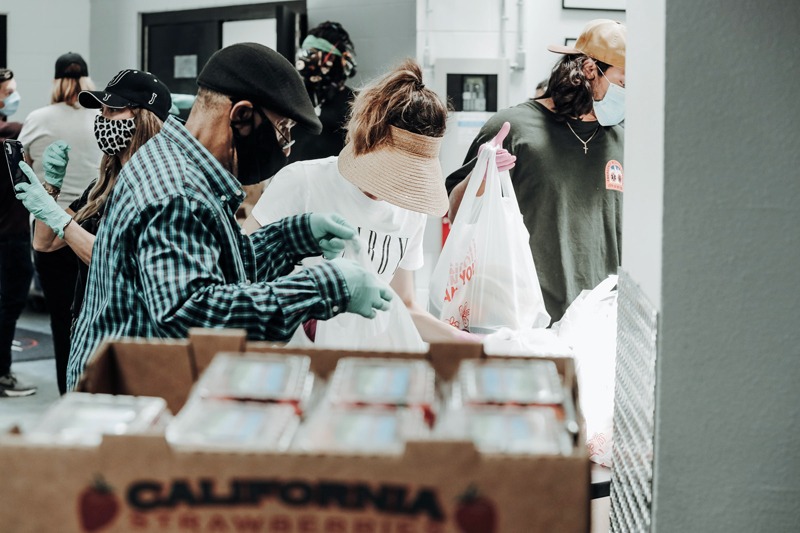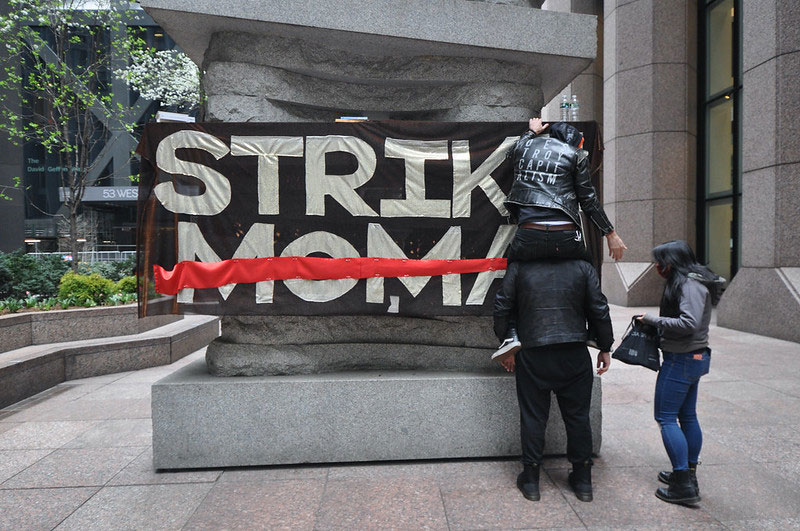October 15, 2010; Source: The Star | We’ve written in the NPQ Newswire about how slowly aid is flowing to Haiti and how many donor countries—including the U.S. where Haitian aid is stuck in Congress—have rather blithely let their commitments to Haitian relief and reconstruction slip. Even with aid however, one wonders whether there are any reasonable long-term solutions in the offing.
Former U.S. president Bill Clinton and the Interim Haiti Recovery Commission that he chairs have pronounced the revival of the nation’s garment industry a key component of the nation’s long term reconstruction. In the Codevi industrial free trade zone, Haitian factories manufacture Levi jeans, relying in part on Codevi’s proximity to the border with the Dominican Republic and the D.R.’s affordable and reliable electricity. These cut-and-sew free trade zones aren’t a new idea. Former president Jean-Bertrand Aristide had designated Codevi several years ago with plans for 14 zones. American employers had created manufacturing sweatshops in Haiti for many years under the Duvaliers. Haiti became known for the manufacturing of U.S. baseballs and for stitching Sesame Street dolls.
This year, the Inter-American Development Bank and the U.S. State Department cut a deal with a South Korean textile manufacturer to establish a new industrial park in the zone which they think could generate as many as 120,000 jobs. For the few factories already in operation, employees make the minimum wage of 125 gourdes a day. While there was lobbying to raise the national minimum wage to 200 gourdes, the employers successfully lobbied President Rene Preval’s government to limit the minimum wage to 150 gourdes a day. It is so little, in the words of one assembly worker, “that the money can do nothing . . . you can save nothing.”
To the NGO’s working on the revival of Haiti’s post-earthquake economy, the $20 million World Bank loan to Codevi was bound to exploit Haitian workers because the loan agreement lacked contractual commitments to worker rights. The counterargument might be that the Codevi workers at least have jobs, unlike 70 percent of the population that is jobless. Some experts believe that an important route for the nation’s progress is made-in-Haiti garment manufacturing, taking advantage of Haiti’s large supply of incredibly low-cost labor to generate several hundred thousand jobs.
Sign up for our free newsletters
Subscribe to NPQ's newsletters to have our top stories delivered directly to your inbox.
By signing up, you agree to our privacy policy and terms of use, and to receive messages from NPQ and our partners.
One of the great experts in the horrible conditions of garment manufacturing in Haiti is Paul Farmer who now heads Partners in Health, which may be the most effective NGO providing relief assistance in Haiti today. Farmer appears to have changed his opinion recently, becoming more amenable to garment manufacturing as well as tourism jobs, both of which he had long disparaged as appropriate economic solutions. But Farmer has warmed to garment manufacturing jobs, saying, “Right now, we don’t need 5,000 jobs, which I’ve been able to recreate with my co-workers at Partners in Health [but] we need 500,000 jobs.”
Clinton was a strong promoter of thrusting an agricultural Haiti straight into an industrial economy, though he acknowledges that it hasn’t worked as he anticipated. According to one expert, “For Haiti to move to higher industrial production it would need to invest heavily in the education of the Haitian population, invest heavily in the health care of the population, in housing, in infrastructure . . . It would need to vastly increase both domestic and foreign investment in order to capitalize on a skilled labour force . . . none of which is on the horizon.”
So what is the answer for this disaster-ravaged country? It would appear that months after the Port-au-Prince earthquake, everyone is still searching for answers.—Rick Cohen













